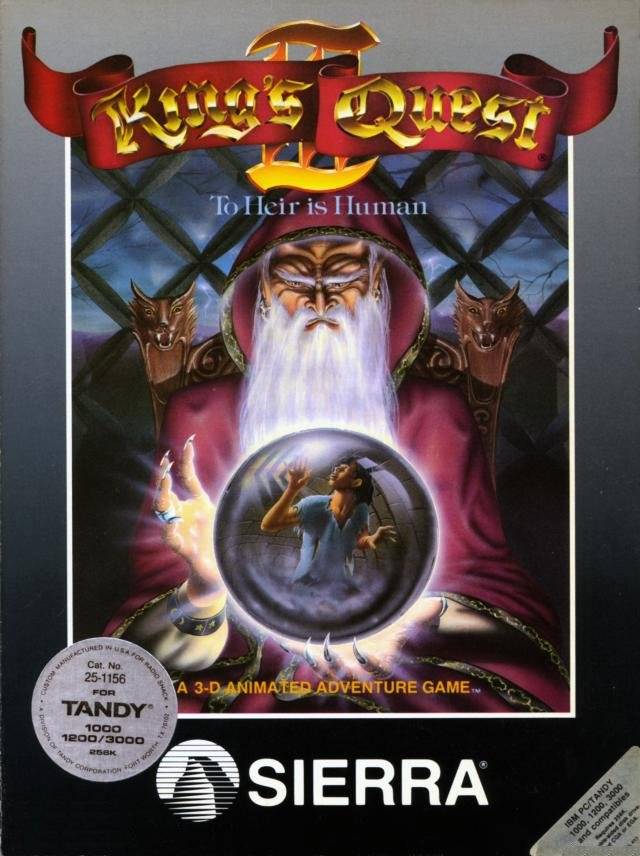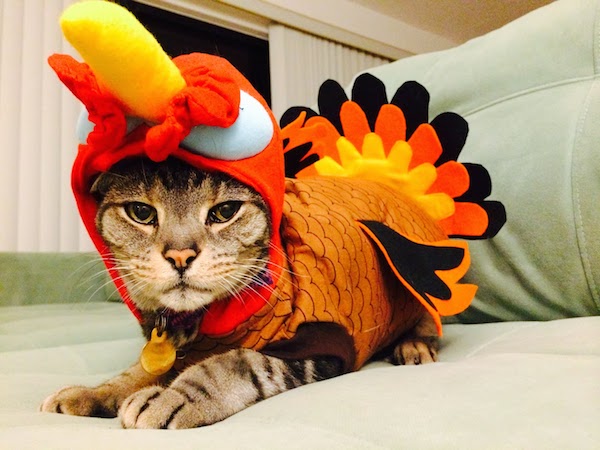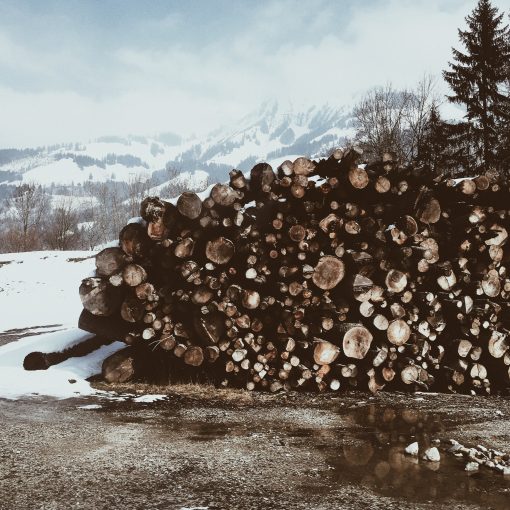As always, the full series can be found here.
Over the last three posts, I’ve been working my way through the various broad classifications of area in my setting; the untamed areas known as The Wilds, the peaceful bastions of benign civilization known as The Counties, and now it’s time to talk about the races found in the oppressive Grim Cities.
The term “Grim City” is a catch-all term for areas where evil is dominant. Because I’m leaning into themes of oppression and industrialism for my villains in the setting, that means that a lot of the areas where they hold sway will be urban – oppressed populations held down by force and misery, toiling away in service to cruel masters. That isn’t to say there’s nothing bad anywhere else in the world, or that the well-worn trope of a small town rules by sinister forces can’t exist. But Grim City is short and pithy and at this stage in my work on the setting, it’s good enough for what I’m trying to do.
The Children of Malevolence
In order for me to consider a playable race to be associated with the Grim Cities, it has to be from one such area or concentrated there. That does not necessarily mean that every member of these races (or even most of them!) are evil or dangerous. It’s just that in this world, for one reason or another, these races are unfortunate enough to be found in these realms of despair more than anywhere else.
Goblinoids are split into three distinct races: Goblins, Hobgoblins, and Bugbears. All three are statted out on page 119 of Volo’s Guide to Monsters. Goblinoids are, by accident or design, very likely to be found in Grim Cities. They may be minions or overlords, and some have even shaken off the influence of the Grim Lords and become members of various resistances. Their history goes back a long way, but at some point, the records just … stop. This has left the three related races unsure of their heritage and forces them to focus on the present rather than trying to live into some ancient cultural identity. Records of such an identity, if they still exist, might be an interesting macguffin for an adventure.
Kobolds are also found on page 119 of Volo’s Guide and, as in most settings, tend to gravitate toward dragons. They are often seen as the minions of powerful draconic overlords, but they can also be encountered in their own communities. Their quickness and small size makes them canny scouts and infiltrators.
Minotaurs are found on page 13 of Midgard Heroes by Kobold Press. They are an artificial race in this setting, created initially as super-soldiers for some long-dead Grim Lord. They have since been absorbed into a number of other societies. Because they are physically-powerful, they’re often used as enforcers or heavy labor, and tend to have hard lives.
Mummies appear on page 3 of the Dark Arts Player’s Companion. They are the most common form of self-aware undead and they do not have to be evil. Sometimes they are created as a form of punishment, sometimes they are leftovers from some bygone age and awakened accidentally. And some are old enough not to remember their own origins. A few are genuinely-heroic, being leftovers from an ancient empire that set them as guardians over terrible things they didn’t want finding their way back into the world. (Think of Tal Rasha from Diablo II.)
Wights on the other hand (they appear on page 4 of the Dark Arts Player’s Companion) are almost always bad news. A form of undead created through sheer stubborn malevolence, they tend to be vicious, murderous, and extremely violent. Still, not everyone who starts terrible stays that way. Redemption is possible even for the truly fallen. It’s not something one should count on, especially with wights, but sometimes an individual will surprise you. Maybe.
Dhampir, which appear on page 7 of Unlikely Heroes by Kobold Press, are associated with the darkness through no fault of their own. These offspring of vampires and living mortals have a rough time of it almost from the jump, and due to the fact that vampires don’t tend to do particularly well in The Wilds or The Counties unless they are exceptionally smart and lucky, Dhampir are a phenomenon of the Grim Cities. Much like Tieflings, they don’t have to be bad, but they do tend to make people nervous.
Tosculi, also known as waspfolk, are found on page 7 of Southlands Heroes by kobold Press. They are originally from Alchova, the Great Hive, and almost all of them are still there, serving as enforcers of the terrifying insectoid overlords of that place. They are usually bad news and only semi-individual, but some have broken free of the hive mind.
Gearforged can be found on page 7 of Midgard Heroes. A mechanical body animated by a formerly-living soul, they are somewhat analogous to undead. The crazed and twisted magic necessary to create them is a product of the Grim Cities and a recent one at that.
And with that, we’re done with this sub-series on the playable races of the setting. The next thing I’m planning on tackling is the setting’s cosmology, and I imagine that will probably require at least a couple of posts to get through. In the meantime, as always, I welcome any feedback or discussion that you have.
Playlist:
The Last Fight by Bullet For My
Valentine – this is one of those songs that can be interpreted in a number of ways,
but it seems like most of them would be appropriate for a hero that comes from a Grim City.




